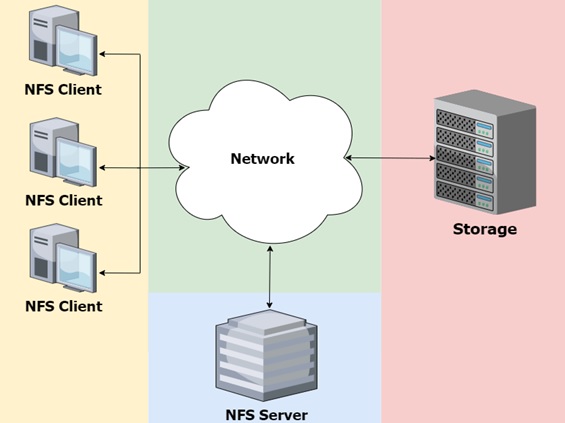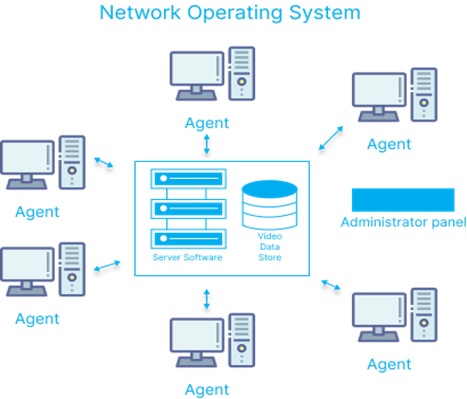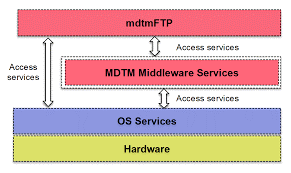Overlay networks and virtualization
Overlay virtualization is a method for creating traffic isolation within a multitenancy infrastructure. Using a form of tunnelling between isolated network segments, it allows for scalability and ease of use while providing for separation between the virtual network and the underlying physical environment.
Network overlays are nothing new. Virtual networks created by links such as virtual circuits (VCs), virtual LANs (VLANs), and virtual private networks (VPNs) have been around for some time. Protocols such as multi-protocol label switching (MPLS) and virtual private LAN service (VPLS) were created to join isolated networks across the wide area network.

Figure 1. Overlay networks and virtualization
Overlay networks and virtualization is shown in figure 1. Network overlays are a method of using software virtualization to create additional layers of network abstraction (or software-based network overlays) that can be run on top of the physical network, often providing new applications or security benefits.
One way to conceptualize an overlay is to think of it as endpoints designated by an identification tag or number, somewhat like the phone system. A device can be located simply by knowing its identification tag or number in the networking system.
Overlay networks:
The concept of overlay networking has been around for a while, but has made a return to the spotlight with the rise of scalable network virtualization. It is largely leveraged by the telecom industry, which has increasingly embraced network virtualization over the past few years.
Advantages
Overlay networks have several advantages, such as enabling developers to create and implemented protocols on the web easily, from data routing to file sharing management. Additionally, data routing in overlay networks provides a great deal of flexibility with support for multi-path forwarding. Moreover, with overlay networks, IT managers are able to move virtual machines to different locations without being restricted by the physical network.
Network Virtualization :
Network Virtualization (NV) refers to abstracting network resources that were traditionally delivered in hardware to software. NV can combine multiple physical networks to one virtual, software-based network, or it can divide one physical network into separate, independent virtual networks.
Benefits of network virtualization
- Reduce network provisioning time from weeks to minutes
- Achieve greater operational efficiency by automating manual processes
- Place and move workloads independently of physical topology
- Improve network security within the data center
References:
- https://www.techopedia.com/definition/32244/overlay-virtualization
- https://www.sdxcentral.com/networking/sdn/definitions/whats-network-virtualization/get-on-top-of-network-overlays/
- https://www.rcrwireless.com/20180418/fundamentals/overlay-networks-explained
- https://www.vmware.com/topics/glossary/content/network-virtualization.html
Cite this article:
Gokula Nandhini K (2023), Overlay networks and virtualization, AnaTechMaz, pp.112















